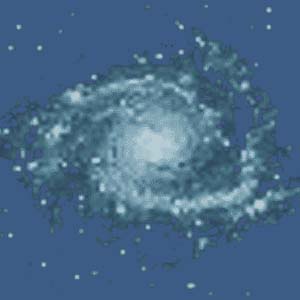****
Index
Curriculum Vitae
Publications
Presentations

Students

Journal Club
Delta
Contact
E-mail
Po polsku
Last update: 12/19/2008
|
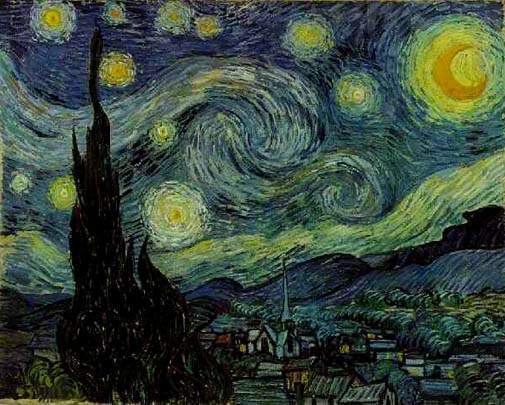 Bright are the stars that shine
Bright are the stars that shine
Dark is the sky
I know this love of mine
Will never die
My name is Agnieszka Janiuk and I work in Nicolaus Copernicus
Astronomical Center in Warsaw.
My research activities include the theory and observational analysis of
the accretion disks in active galactic nuclei (AGN) and Galactic black hole X-ray binaries, as well as the
Gamma Ray Bursts.
In this site I included my CV, publication list
and the
results of my recent research.
Below I present a brief description of my research interests.
•
Scientific interests
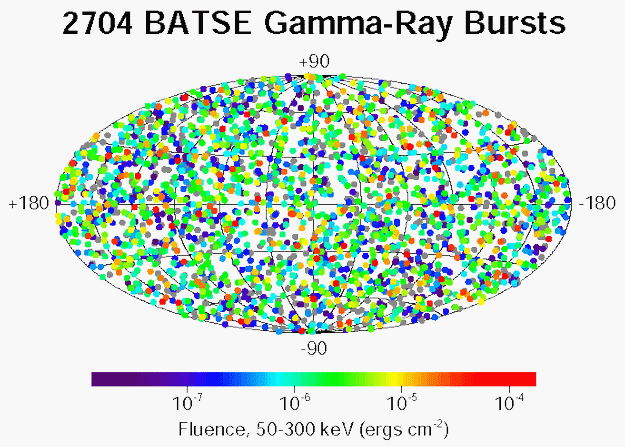 •
Gamma Ray Bursts
Gamma ray bursts are short and intense pulses
of gamma ray radiation. From the late sixties, they have been observed and
gained more and more interest of the astronomical community.
Several cosmic missions have been used to detect the gamma rays:
BATSE (Burst and Transient Source Experiment), BeppoSax, HETE-II (High Energy Transient Explorer), and recently SWIFT, as well as the ground-based Optical and radio telescopes.
Observations shoe that the bursts are of cosmologial origin (very large distances)
and are the result of cosmic explosions of extreme power.
They probably accompany a part of the core collape supernovae and
are ejected near the newly born black hole. They may also come from the
"compact object" mergers, such as double neutron stars, or neutron
star-black hole binary. •
Gamma Ray Bursts
Gamma ray bursts are short and intense pulses
of gamma ray radiation. From the late sixties, they have been observed and
gained more and more interest of the astronomical community.
Several cosmic missions have been used to detect the gamma rays:
BATSE (Burst and Transient Source Experiment), BeppoSax, HETE-II (High Energy Transient Explorer), and recently SWIFT, as well as the ground-based Optical and radio telescopes.
Observations shoe that the bursts are of cosmologial origin (very large distances)
and are the result of cosmic explosions of extreme power.
They probably accompany a part of the core collape supernovae and
are ejected near the newly born black hole. They may also come from the
"compact object" mergers, such as double neutron stars, or neutron
star-black hole binary.
More about GRBs...
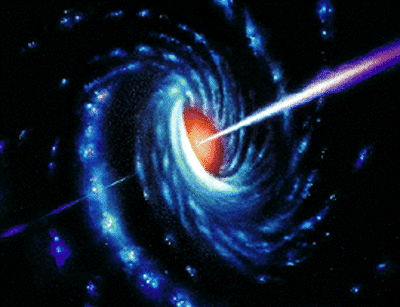 •
Active Galactic Nuclei
Normal galaxies are the systems containing billions of stars
that are observable by the ground-based and space telescopes in Optical,
Infrared and Radio bands.
Active galaxies host extremely bright nuclei, which are much brighter
that the surrounding stars.
The emitted radiation peaks in the UV range and reaches the X-ray and Gamma-ray
bands. •
Active Galactic Nuclei
Normal galaxies are the systems containing billions of stars
that are observable by the ground-based and space telescopes in Optical,
Infrared and Radio bands.
Active galaxies host extremely bright nuclei, which are much brighter
that the surrounding stars.
The emitted radiation peaks in the UV range and reaches the X-ray and Gamma-ray
bands.
More about AGN...
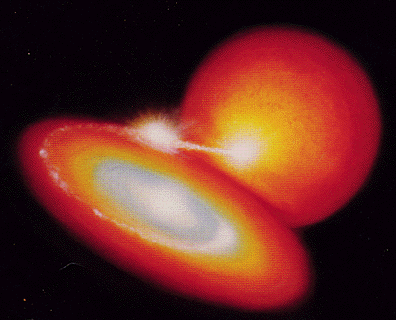 •
Galactic X-ray Binaries
X-ray binaries are the binary systems containing usually
a normal star and a neutron star or a black hole.
The compact object is surrounded by a hot accretion disk, which shines brightly
in X-rays. These objects may be observed thanks to the number of space missions that provide the
astronomers with still greater amount of X and gamma-ray data. •
Galactic X-ray Binaries
X-ray binaries are the binary systems containing usually
a normal star and a neutron star or a black hole.
The compact object is surrounded by a hot accretion disk, which shines brightly
in X-rays. These objects may be observed thanks to the number of space missions that provide the
astronomers with still greater amount of X and gamma-ray data.
More about X-ray binaries...
|
|

